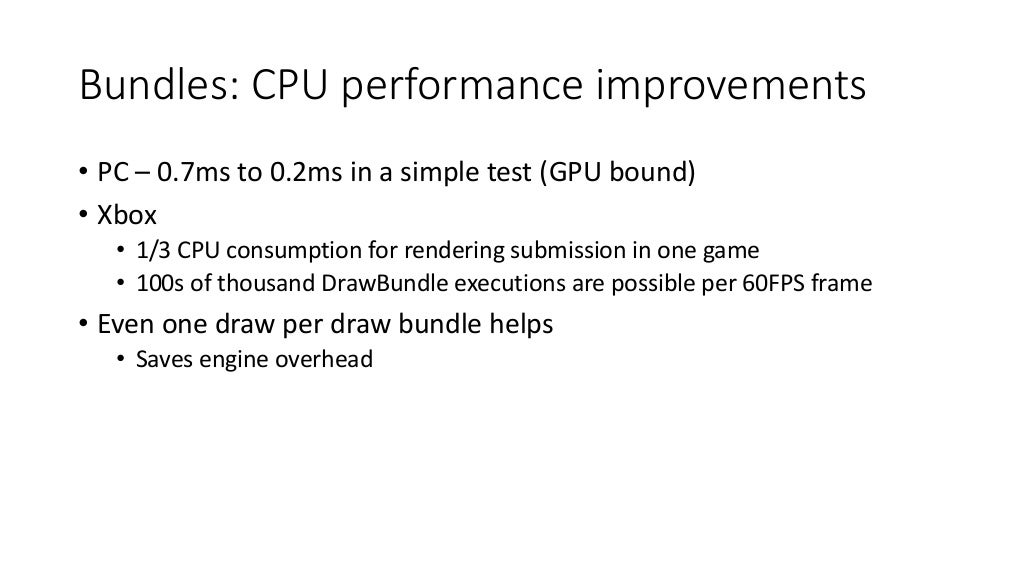ProjectNatalFan
Newcomer
all I know is that at one time it was frowned upon to say that xbox one was designed with dx12 in mind. Now Phil Spencer has said that they indeed knew about what dx12 was doing at the time of xbox one development. Now does that mean it was designed to take advantage of Dx12 with its architecture? we will find out at GDC. Thrilling reading all the posts and analysis.


